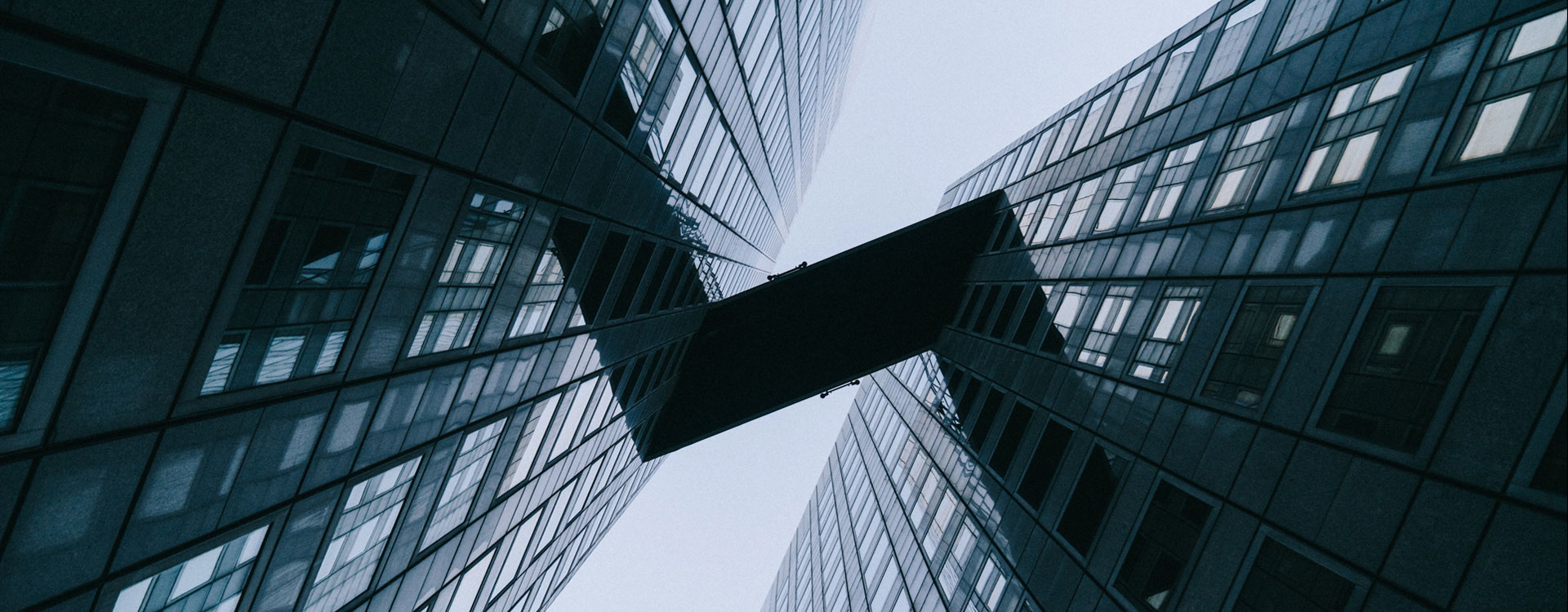A home’s window selection is an important factor in the drive for energy efficiency. Many homeowners and builders are attracted to the contemporary style of aluminium or uPVC windows, but there is a noticeable upturn in the popularity of timber windows.
Double-glazed timber windows provide an exceptional blend of timeless elegance, advanced insulation, and environmental friendliness, so it’s not only about aesthetics or sentimentality.

This article explores the advantages of double-glazed timber windows, which are becoming more popular among eco-conscious homeowners and those who want to preserve the integrity of historic architecture.
Because of its insulating qualities and the class they provide to any space, double-glazed timber windows could be the ideal option for your upcoming redesign. Come and see this classic yet contemporary window treatment in action with us.
What Is Double Glazed?
Two panes of glass are separated by a gap that is filled with air or an inert gas such as argon or krypton in a double-glazed window or glass structure. This style of window or glass structure is referred to as double-glazed.
With this configuration, an insulating barrier is created, which, in comparison to single-glazed windows, results in a significant reduction in the transfer of heat, an improvement in energy efficiency, and an improvement in sound insulation. The area between the panes serves as a thermal break, which helps to maintain a warmer temperature inside during the winter and a cooler temperature during the summer.
Additionally, double glazing helps to prevent condensation, eliminate noise from the outside, and boost security due to the additional thickness and durability caused by the additional layer of glass. In general, double-paned windows are a well-liked option among homeowners who are trying to enhance the energy efficiency, comfort, and safety of their houses.
Can You Get Double Glazed Timber Windows?
Yes, you can get double-glazed timber windows. Double-glazed timber windows combine the classic appeal of wooden frames with the energy efficiency of double-glazing, making them an attractive choice for both traditional and modern homes. They offer a range of benefits, click to read more:
- Aesthetic Appeal: Timber windows have a natural and timeless look that complements many architectural styles, from classic to contemporary.
- Insulation and Energy Efficiency: Double glazing enhances insulation by trapping a layer of air (or gas like argon) between two panes of glass, reducing heat loss and improving energy efficiency.
- Durability and Longevity: Modern treatments and finishes for timber make these windows resistant to rot, decay, and weather damage, ensuring they last for many years with proper maintenance.
- Environmentally Friendly: Timber is a renewable resource, and many timber windows are made from sustainably sourced wood. They can also be recycled or repurposed at the end of their life cycle.
- Customizability: Timber windows can be customized in terms of size, shape, and finish, allowing them to fit seamlessly into any home design.
If you’re considering upgrading your windows, double-glazed timber windows offer an excellent balance of beauty, energy efficiency, and sustainability. Just be sure to work with a reputable supplier and installer to ensure quality craftsmanship and proper installation.
How To Double Glaze Existing Timber Windows?
If you have existing timber windows and want to upgrade them with double glazing, there are a few methods you can use. Here’s a comprehensive guide to help you understand the process and options:
Replace with Double-Glazed
Inserts: The most straightforward approach is to replace the existing single-glazed glass with double-glazed glass units. This is generally done by a professional window company. The process involves:
- Removing the Existing Glass: The old glass is carefully removed, along with any putty or beading that holds it in place.
- Preparing the Frame: The frame is inspected for damage and repaired if needed. It may require some modification to fit the thicker double-glazed unit.
- Fitting the New Double-Glazed Units: Double-glazed glass units are installed, and the new beading or putty is applied to secure them.
- Sealing and Finishing: The edges are sealed to prevent drafts, and the frames are painted or stained to match the existing wood.
Secondary Glazing:
Secondary glazing involves installing a second pane of glass inside the existing window frame. This method is often used for historic or listed buildings where alterations to the external appearance are limited. Here’s what it involves:
- Adding a Secondary Frame: A slimline frame is mounted on the inside of the existing window, holding a new pane of glass or acrylic.
- Creating an Air Gap: This gap between the old and new glass provides insulation, reducing heat loss and improving soundproofing.
- Flexibility and Reversibility: Secondary glazing is typically removable, allowing you to revert to the original setup if needed. It can also be used in conjunction with other window treatments.
Retrofit Double Glazing:
In some cases, it is possible to retrofit double glazing into existing sashes or casements without completely replacing the frame. This option is often more complex and requires professional expertise. The process involves:
- Removing the Existing Sashes or Casements: The old single-glazed panels are removed from the window frame.
- Modifying the Sashes: The sashes or casements are adapted to accommodate the thicker double-glazed units, which might include routing deeper rebates.
- Reinstalling the Sashes: After fitting the new double-glazed units, the sashes are reinstalled, and any gaps are sealed.
- Balancing and Adjustments: The additional weight of double-glazed units may require adjustments to counterbalances or hinges.
Increasing the energy efficiency and soundproofing of your existing wooden windows by installing double glazing is an excellent approach to achieving these goals without compromising the classic beauty of the building’s timber. Because these tasks require precision and experience, it is recommended that you get in touch with professional window professionals to achieve the best possible outcomes.
Conclusion
Adding double glazing to your current wooden windows is a great way to make them more energy-efficient and soundproof, all while keeping the original wood look.
Every option, such as installing secondary glazing, retrofitting double glazing, or replacing the current glass with double-glazed units, comes with its own set of pros and cons. Your unique requirements, available funds, and the state of your current windows will determine the best option.
Secondary glazing is a reversible option that doesn’t change the outside look of a home, which is great for people who want to keep the home’s historical or architectural integrity. Switching out the old single-paned glass for double-paned units or installing double-glazing into the existing frames is a great way to get a more streamlined solution.
With that being said, it is typically important to have specialized equipment and knowledge to complete such duties. To ensure that your windows, particularly those made of wood and those that have double glazing, are installed correctly, it is advisable to seek the guidance of a professional. To achieve the highest possible level of performance and longevity, it is essential to properly install and finish the item.
If you double-glaze your existing wooden windows, you may enhance the insulation of your home and reduce the amount of money you spend on your monthly energy bills, all without sacrificing the traditional allure of your windows. This is a smart investment that will not only increase the value of your property but will also make it more pleasant and efficient in terms of energy use.

